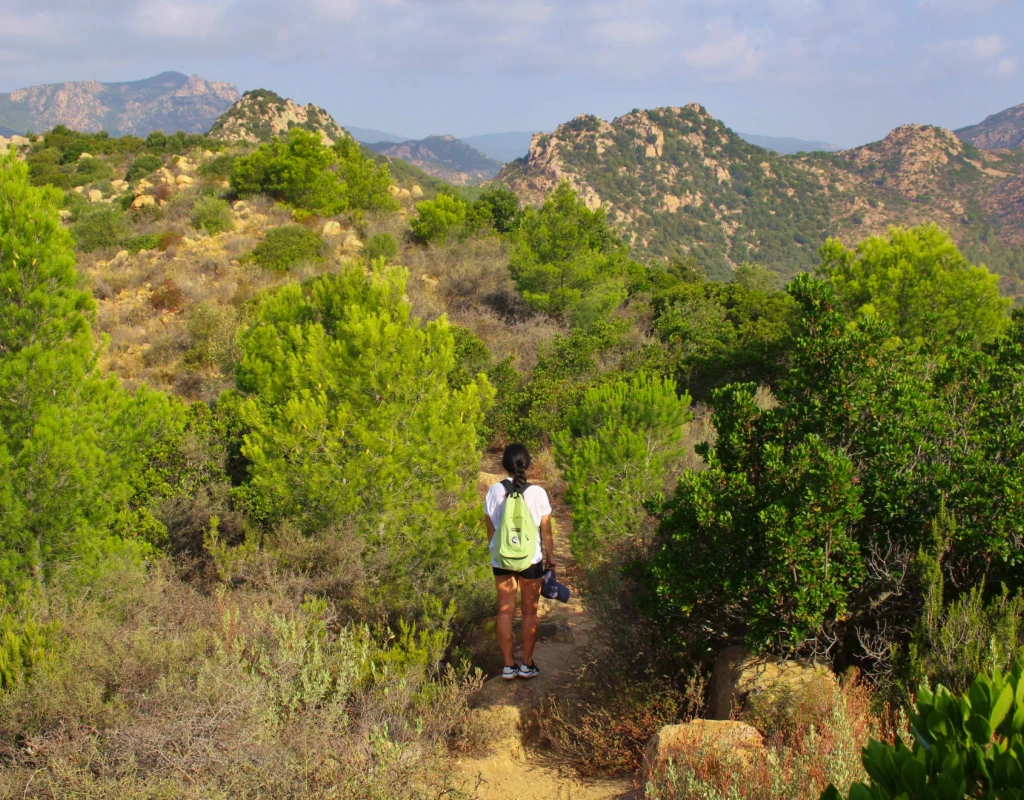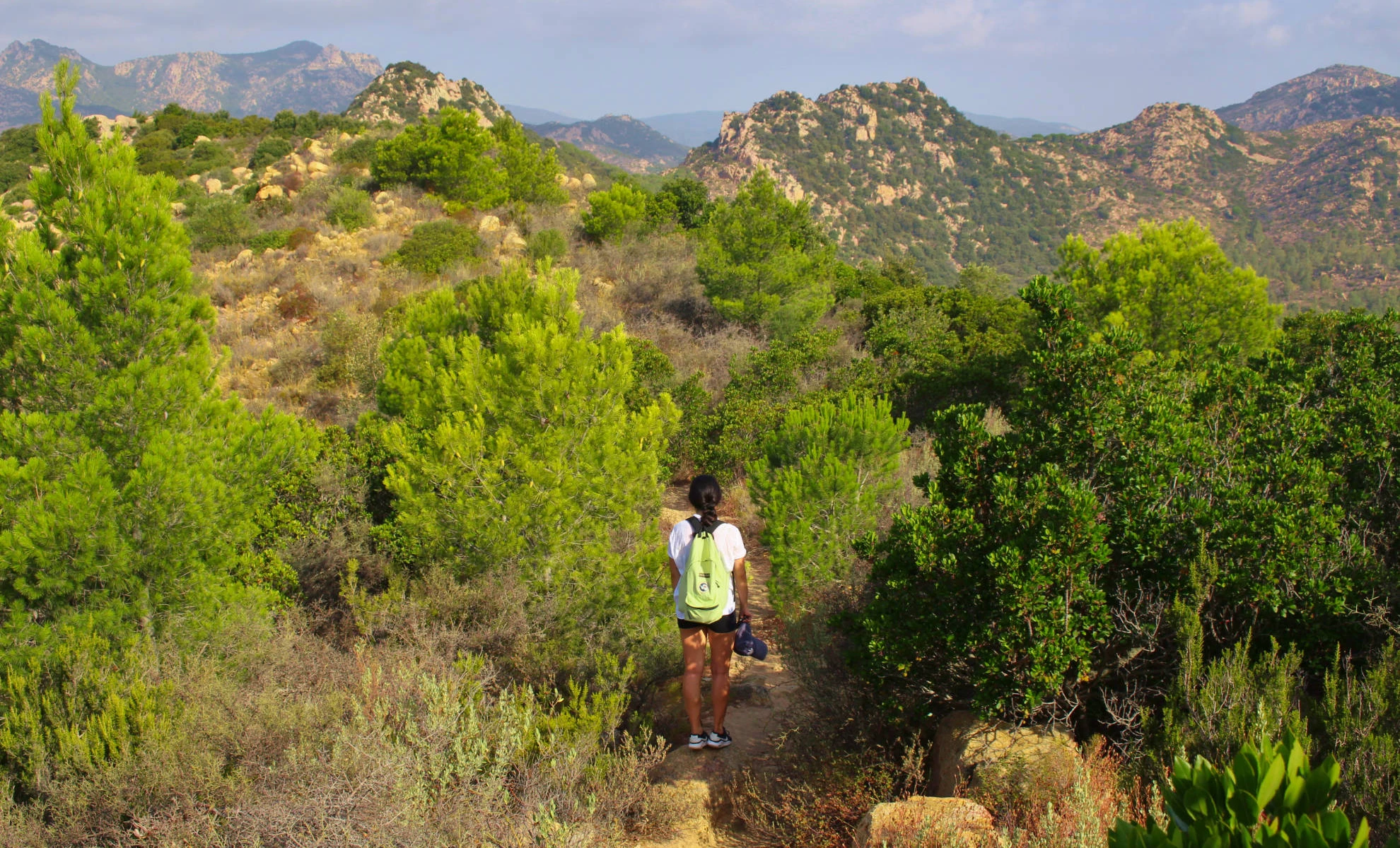To be a line used to zigzagging, it is surprising that the Sardinian coast to the left of Monte Urcatu, the “divided mountain”, is almost straight.
Ph. Federico Cadalanu - Trentaremi
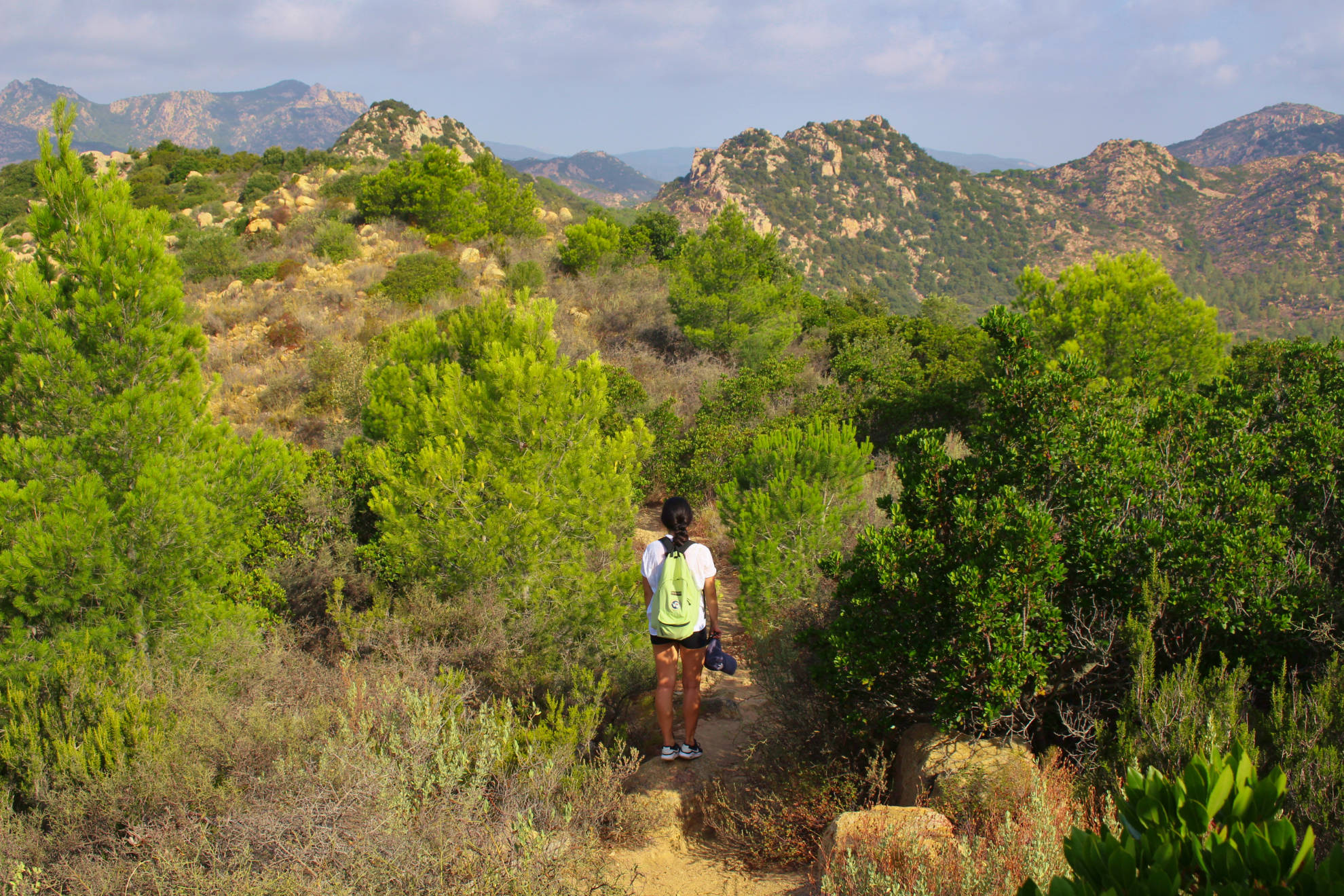
From a distance, the gaze recognizes the large beach of Berchida, its stream, but the rest of the island hides behind the small mountains of Capo Comino, a hump of Sardinia. On the right, the sea has taken up more space and behind the beach of Sas Linnas Siccas you cannot even see the great curve of the Gulf of Orosei, with its traffic of boats and inflatable rafts, between caves and travel agency beaches. Confined between the yellow rocks and the ponds, however, the Biderosa Oasis is more solitary, as if it does not like visitors. You have to look for it to see it and court it for a long time, before reaching it.
Ph. Federico Cadalanu - Trentaremi
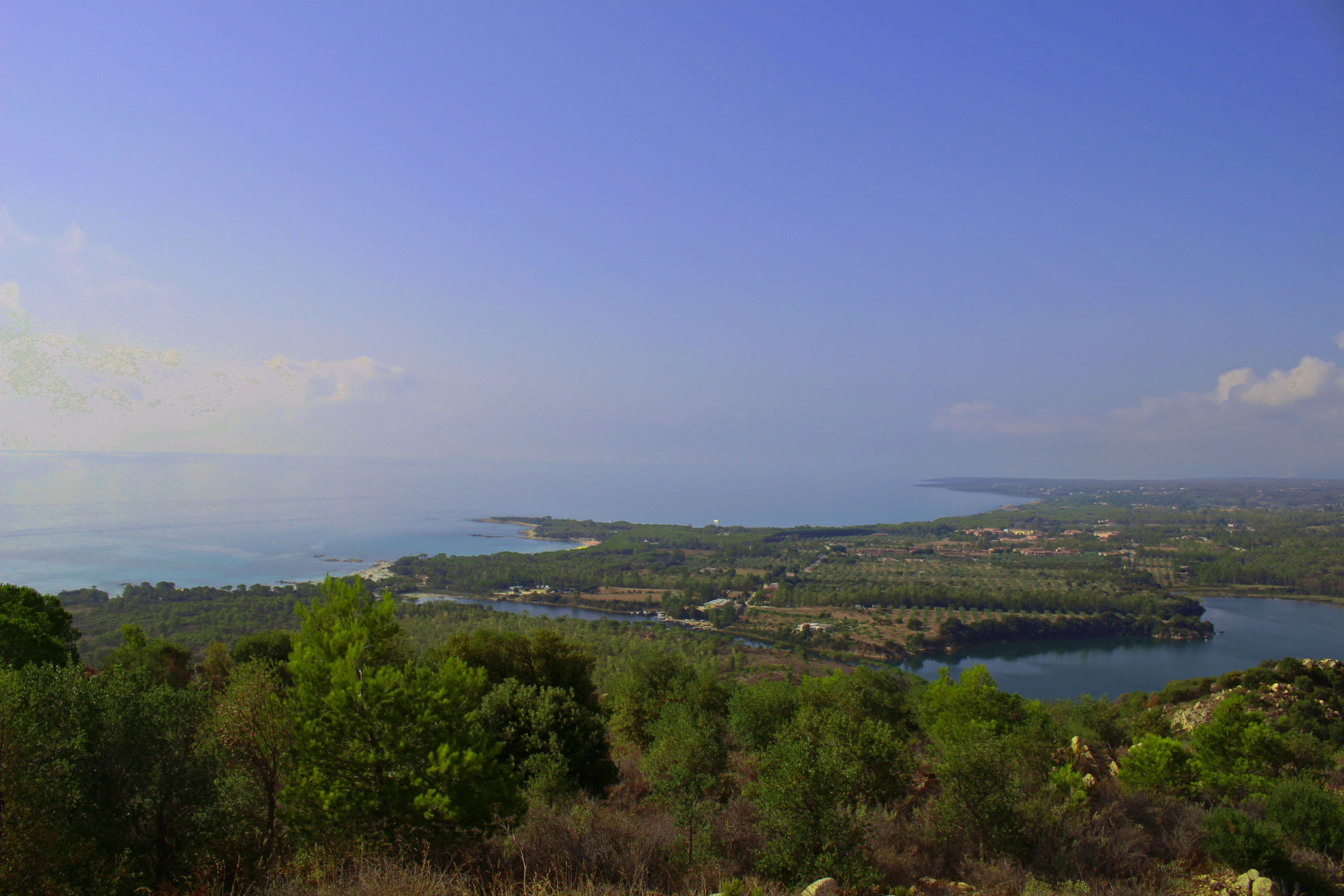
The entrance to the oasis is regulated, the park boundaries are marked by the state road, the mountains and the sea. Its five small beaches are far from the main entrance. You have to look for her, with footsteps and sweat, especially when temperatures rise. The coast is magnificent from the top of Mount Urcatu, but there are no escalators: you have to climb slowly on the rock, with comfortable and non-slip shoes, among the acacias and rock roses to get higher than the pines and finally look at the colors.
Ph. Federico Cadalanu - Trentaremi
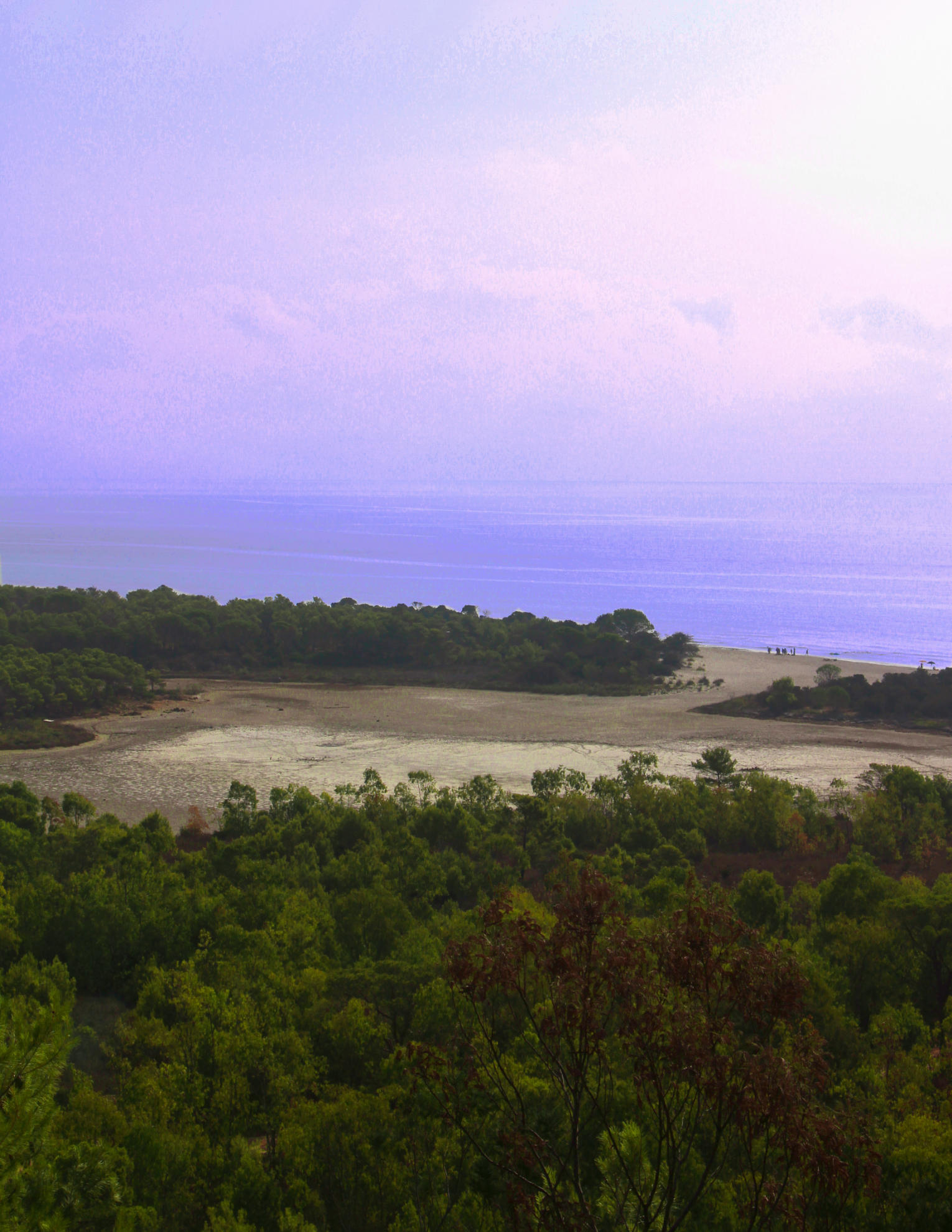
Ph. Federico Cadalanu - Trentaremi
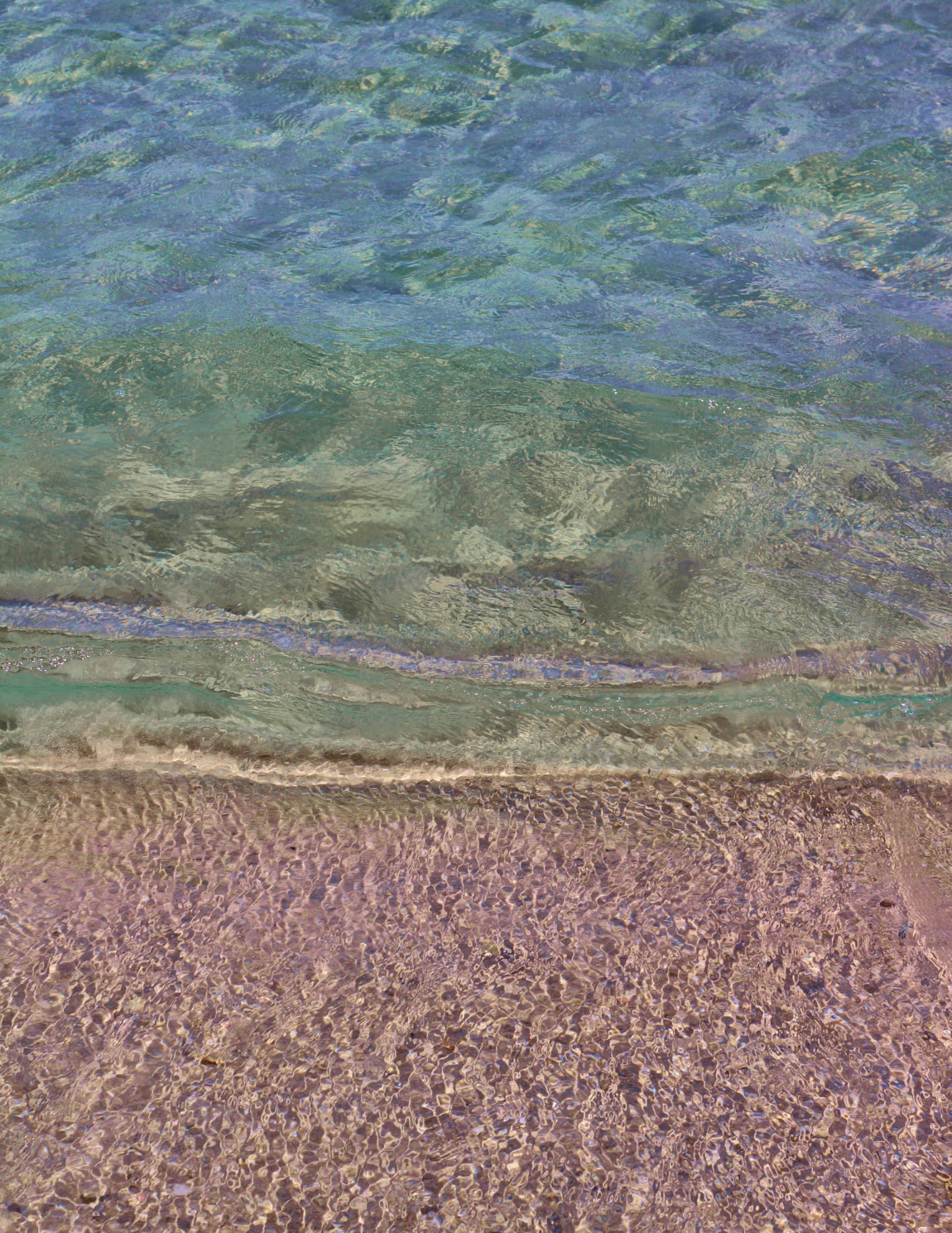
The granite of the bidu, the ford, does not seem as pink as the name of the oasis would suggest, yet this oasis is full of pink. Just throw your eye behind the old eucalyptus bark, on the wings of the butterflies, on the legs of the common stilt, on the feathers of the flamingos found in the two ponds of the oasis: Sa Curcurica (common moorhen) and that comes by name Biderosa. As the name suggests, the pond is full of sa curcurica, but you can also find herons, cormorants, kingfishers and Sardinian tree frogs. On the other hand, the ponds of Sardinia are an asset to be protected for the biodiversity they have, as the international community that signed the Ramsar convention has also noticed.
Ph. Federico Cadalanu - Trentaremi
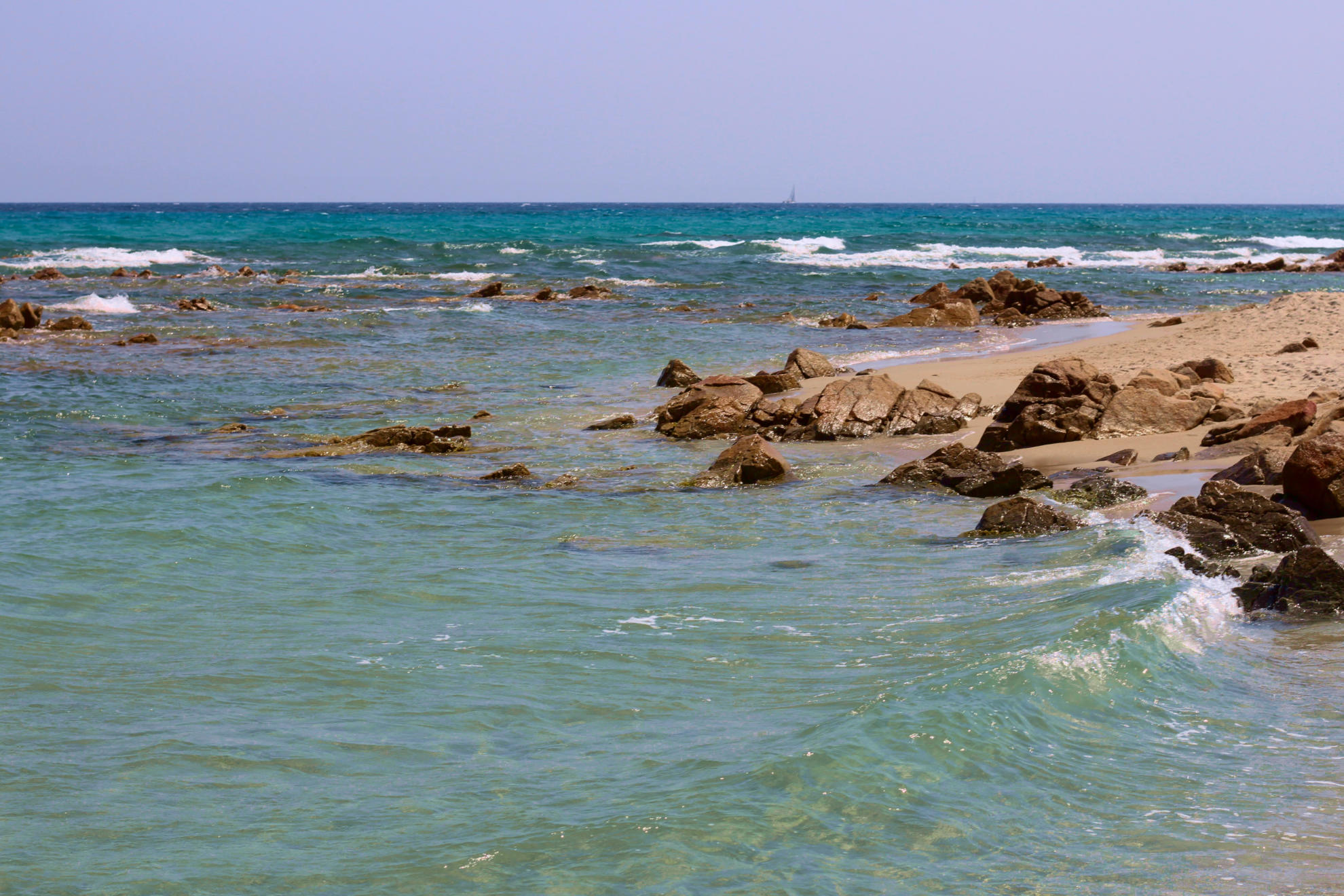
And then the sea. In Biderosa you walk, go up, down, but then you find the sea. And it is of a blue color that gradually blends towards bright turquoise and then becomes bright green because it reflects the junipers and the intensity of the pine forest moved by the wind fifty meters from the shore. The sand is fine and white: a long imaginary walk to Berchida, or, for the bravest, to Cala Ginepro. Only the pond interrupts the footsteps and the infinite expanse of white. Pink is once again in the water between the rocks: it is in the stripes of the Pavonina damsel, in the fins of the Brown combers and in the reflections of the shoals of dreamfishes.
The last pink before leaving is the most beautiful. The sun setting behind the mountain, coloring the clouds and the air.
